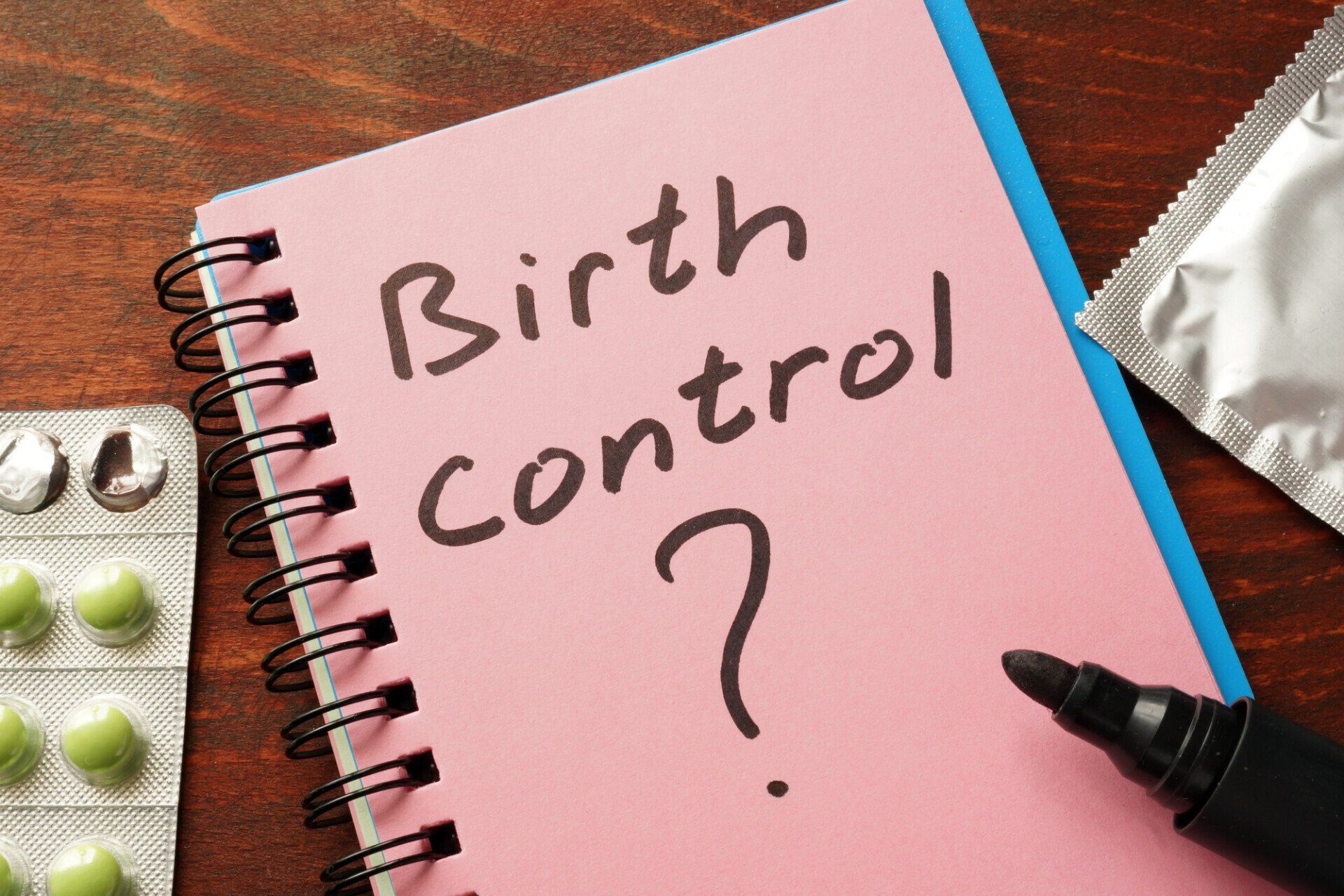9 Vital Birth Control Facts Everyone Needs to Know
To maximize the effectiveness of contraceptives, you need to ensure they're used correctly. Here are nine birth control facts you need to know.
Nearly every woman uses a form of birth control in their lifetime. Over 48% of female-identifying persons are using a type of birth control at any given time. But, just because contraceptives are widely used does not guarantee their effectiveness.
To ensure your best chance at avoiding an unexpected pregnancy, you must use birth control as designed. Each method has its own birth control facts to research. If you're on birth control or considering a new method, use this guide to learn about how to use it correctly.
Popular Methods of Birth Control
Did you know the most widely used method of birth control is female sterilization? Female sterilization by surgery is also known as a tubal ligation procedure. This is a permanent birth control solution to prevent pregnancy.
A relatively simple procedure, the fallopian tubes get blocked or sealed to stop sperm from reaching an egg. The rate of success of sterilization is nearly 100%! This is the only method of birth control that offers such high effectiveness.
Oral contraceptive use is the second most popular form of birth control in the US. Long-acting contraceptives, such as IUDs or hormonal implants are also widely used. Some people rely on condom use, while some monogamous couples opt for male sterilization.
Connecting with a sexual health nurse is a great way to learn which method of contraceptive works best for your life.
9 Vital Birth Control Facts
If you're sexually active or considering starting a sexual relationship, birth control is essential. As discussed, there are non-hormonal, permanent, and temporary methods to chose from. Here are nine vital facts about common birth control methods!
1. The Rhythm Method is Complicated
Most of us have heard about the rhythm method as a form of birth control. This is when you practice abstaining from sexual intercourse during ovulation. The trouble with this method is the body is fertile for longer than the ovulation day.
The egg stays fertile for around 24 hours after it gets released. Sperm are capable of surviving in the body for up to five days. This means a sexual encounter a few days before the ovulation day could result in an unwanted pregnancy.
The rhythm method requires abstaining from sexual intercourse for five days before ovulation and at least three days after. For this reason, it is not recommended as a reliable method of birth control. It has a 75% effective rate.
2. Gut Health Affects Oral Contraceptives
For people living with digestive issues or complications, the effectiveness of oral contraceptives might get affected. Inflammation conditions such as Irritable Bowel Syndrome might alter the absorption of birth control pills. If you're experiencing diarrhea or vomiting from the flu, your oral contraceptive might become less effective.
It is encouraged to use a backup method, like a condom, until symptoms get cleared up.
3. Medication Can Interact with Hormonal IUD
It is important to discuss your supplements and medications with your sexual health practitioner. Some drugs and supplements interact with hormonal birth control methods and make them less effective. While a hormonal IUD like Mirena is nearly 99% effective, taking some medications changes this rate.
Drugs such as antibiotics, seizure medication, and blood thinners cause interactions. The supplement St. John's Wort also affects hormonal birth control.
4. Timing Matters for Spermicide
Spermicide is a gel, liquid, foam, or cream that you insert into the vagina. For it to work to prevent pregnancy, you must use it every time you have vaginal sex. Not all types of spermicide work instantly either.
Some require you to apply it up to 15 minutes before sex and only work for up to an hour after. Yet, sex isn't always planned or it may last longer than anticipated! This is one of the reasons why spermicide is not recommended as a reliable source of birth control on its own.
5. Timing Matters for the Pill Too
When you take oral contraceptives matters too. The pill works best when taken at the same time every day. Set an alarm for a reminder so the effectiveness of your birth control doesn't change.
6. Practice Using Condoms
Condoms are convenient and recommended! They are a great second method to use with other forms of birth control. They are also required to prevent STIs.
How you put a condom on affects how well it works. The tip of the condom should sit slightly away from the end of the penis. Hold the tip of the condom to prevent air from getting trapped while it is put on.
7. Condoms Expire
Condoms have a shelf life. Vaginal condoms last for up to five years, while penile condoms are good between three and five years. Where you store condoms changes their effectiveness too.
Latex condoms should not stay in pockets or wallets. Temperature fluctuations alter their effectiveness. They degrade in hot temperatures, so keep them stored away from the body and out of a warm car or bathroom. Sunlight, fluorescent light, and humidity also affect them.
8. Swimming and the Patch
The hormonal birth control patch is a convenient method to use. It has a high effectiveness rate but some things alter this. To work how it was designed, the adhesive must keep it tight to the skin.
If you're a frequent swimmer or like to take long baths, the patch might not be best for you. Spending more than 30 minutes in water affects these types of birth control.
9. Missing a Day with the Ring
The contraceptive ring is a small device that sits high in the vagina. The ring gets taken out during menstruation. If you forget to insert your ring, being late changes how well it works to prevent pregnancy.
Even having it out for two hours, twice in a cycle will alter how effective it is! Make sure the ring is secure after sexual intercourse and bowel movements.
Sexual Health Nurses Help with Birth Control Choices
These birth control facts show there are plenty of options available to prevent unwanted pregnancy. Not every method is right for your unique lifestyle. Also, our sexual health needs change over our lifetime.
Speaking with an informed sexual health professional will help you decide which is the right method for you. Contact Sync Health today to book your confidential session and learn more about birth control information.



